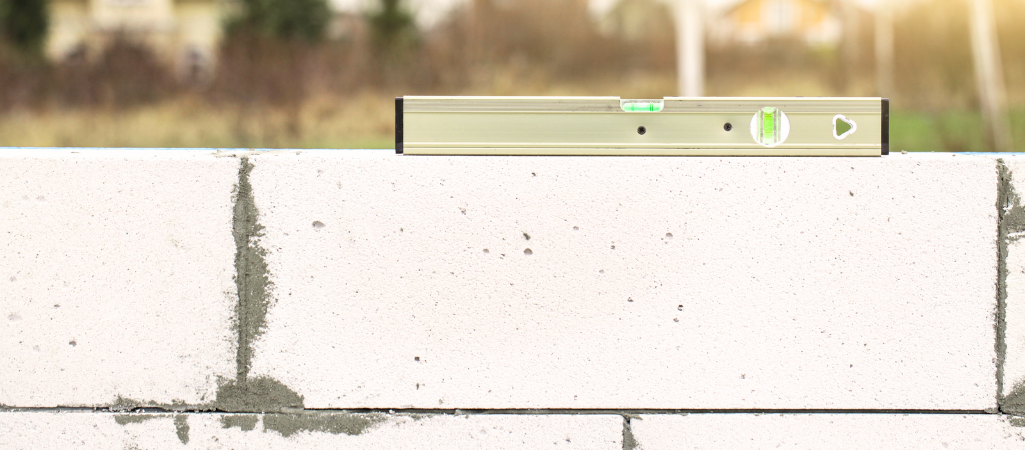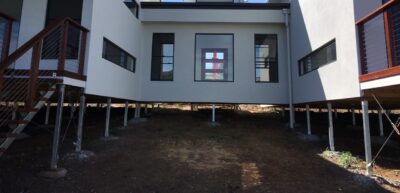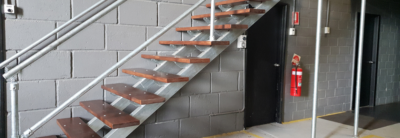
Reblocking vs Restumping vs Re-Levelling vs Underpinning: Understanding the Differences
Ensuring the stability and longevity of your home involves understanding the intricacies of various foundation-related services. Reblocking, restumping, re-levelling, and underpinning are terms that can sound complex at first, but they play crucial roles in maintaining the structural integrity of your house.
Here we’ll delve into the differences between reblocking, restumping, re-levelling, and underpinning. We aim to help you gain a solid understanding of each term, the situations in which they are necessary, and how to choose the right solution for your home, so you’re empowered to take care of your property.
Which Types of Houses Need These Services, and When?
Before we explore each service, it’s essential to understand which types of houses might require these interventions and the frequency at which they are typically needed. While underpinning can be applied to any kind of home, reblocking, restumping, and re-levelling are specifically related to homes that have, or require, house stumps.
Foundation-related issues can affect homes of various ages and styles, but the signs of trouble often manifest in specific situations, such as:
- Age of the House: Older homes may experience foundation issues due to wear and tear over time.
- Soil Conditions: The type of soil your house is built on can influence foundation stability.
- Climate: Extreme weather conditions, such as droughts or heavy rainfall, can impact the soil and, consequently, the foundation.
- Structural Changes: Renovations, additions, or changes to the structure can sometimes necessitate foundation adjustments.
Reblocking
Reblocking involves replacing existing bearers and stumps with new ones to level the house. The process aims to address uneven floors and potential structural issues caused by deteriorating or inadequate supports. In short, this type of fix is necessary when signs of uneven floors, sagging, or compromised stumps are evident.
While re-stumping involves replacing or adjusting bearers and stumps, a complete replacement may not always be required. The emphasis here is instead on restoring the levelness of the floors and preventing further structural issues by making adjustments.
Reblocking is particularly effective when the primary issue is unevenness or sagging floors caused by suboptimal or deteriorating bearers and stumps. If the problem is localised to these components, reblocking may be the most appropriate solution. As Levelmaster stumps are adjustable they are an ideal restumping solution as they can be adjusted when needed to effectively reblock the home.
Restumping
Restumping involves fully replacing the stumps beneath a house to address issues such as sinking, instability, or damage to the existing supports. This process aims to enhance the foundational structure by providing new, stable stumps. This method becomes necessary when the existing stumps show signs of instability. Common indicators include visible rot, termite damage, or structural shifts.
House stumps used to be typically made from wood, leaving them vulnerable to many issues that could affect the house over time. Now, stumps are often made from materials like metal, and are adjustable, meaning they last far longer and can be shifted more easily.
LevelMaster specialises in galvanised steel adjustable house stumps, and we can help guide you on replacing your old wooden stumps with these modern ones.
Re-Levelling
Re-levelling is a process that addresses uneven floors by adjusting or replacing the stumps, bearers, or both. It tends to be the umbrella term that covers both reblocking and restumping. The goal is to restore the house to a level position and prevent further structural issues.
Re-levelling is necessary when the floors of a house become uneven, leading to issues like sloping floors or doors and windows that don’t operate correctly. This process is also effective when the primary concern is uneven floors without significant damage to the existing stumps or bearers. It can be a proactive approach to address early signs of instability.
Underpinning
Underpinning involves strengthening the foundation of a house by extending it deeper into the soil or adding additional support. This method is employed to address structural issues, such as foundation settlement or instability. As mentioned above, this process doesn’t only apply to houses with stumps; any home with foundational issues may benefit from underpinning.
It’s necessary when there are signs of foundation settlement, structural cracks, or other indicators of instability. This may occur due to changes in soil conditions, the original foundation being inadequate, or external factors affecting the stability of the structure.
Underpinning is the most suitable solution when the foundation itself is compromised, leading to structural issues. If the problem is beyond the scope of reblocking, restumping, or re-levelling, underpinning provides a comprehensive approach to reinforce and stabilise the entire foundation.
How to Find an Expert
Finding a professional team for foundation-related services is a crucial step in ensuring the success of the chosen intervention. Here are steps to guide you:
- Research: Look for reputable companies with a track record in reblocking, restumping, re-levelling, and underpinning. Read customer reviews and testimonials to gauge their reliability.
- Expertise: Ensure the chosen company specialises in the specific service your house requires. An expert in restumping may not necessarily excel in underpinning, so choose accordingly.
- Inspection: Schedule a thorough inspection of your property with a qualified professional. This will help identify the root cause of the issues and determine the most appropriate solution.
- Certifications and Licenses: Verify that the company and its professionals hold the necessary certifications and licenses. This ensures that they adhere to industry standards and regulations.
Understanding the differences between reblocking, restumping, re-levelling, and underpinning is crucial for homeowners facing foundation-related issues. Each term represents a specific set of interventions tailored to address different aspects of structural stability.
By identifying the signs, understanding the specific requirements of your house, and seeking expert advice, you can make informed decisions to ensure the longevity and stability of your home. For a reliable and comprehensive approach, trust LevelMaster to provide the expertise and quality products needed to address your foundation concerns.
LevelMaster also supply Steel Stair Stringers with a stair stringer calculator to help you determine the number of stair treads
Don’t let foundation issues compromise your home’s stability. Contact LevelMaster today for clear guidance on the best stumping solutions for you and recommendations on trusted installers.



